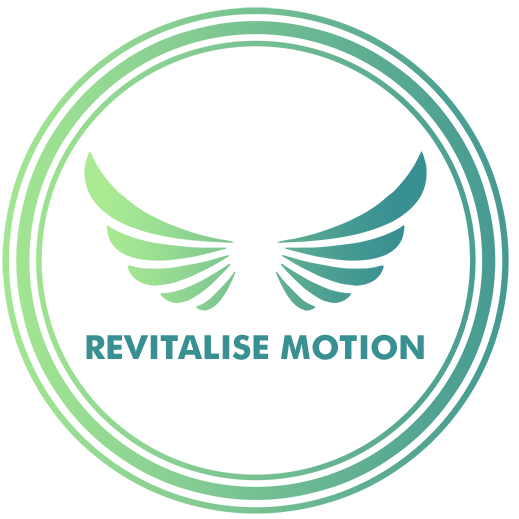If you’re dealing with stiffness, clicking or nagging discomfort, that’s your body telling you that something is out of balance. Ignoring it can lead to more serious issues such as:
- Shoulder impingement
- Tendonitis
- Rotator cuff tears
But the good news? You can fix it and find out how to relieve shoulder pain without surgery, injections, or long breaks from doing what you enjoy.
Who’s Most at Risk of Shoulder Pain?
- Desk Workers: Poor posture, hunched shoulders, and weak upper back muscles.
- Gym-Goers & Athletes: Overworking pressing muscles while neglecting stability and mobility.
- Manual Laborers: Repetitive overhead movements = chronic strain.
Test Your Shoulder Health: Quick At-Home Assessment
Wall Angel Test
Stand with your back, shoulders, head, and lower spine against a wall. Raise your arms overhead, keeping elbows and wrists in contact with the wall.
Struggling to maintain contact? You likely have mobility restrictions or poor postural control.
- Think you failed the Wall Angel Test? If you’re searching for simple shoulder mobility exercises and how to improve shoulder posture, help is just a session away.
Why Does Shoulder Pain Happen?
I treat a wide range of shoulder issues at my clinic in Monmouth and most shoulder pain can be traced to one (or more) of the following:
1. Poor Posture & Weak Stability
Slouched shoulders create tightness in the chest and weakness in the upper back, leading to inefficient movement and strain.
2. Muscle Imbalances
Overworked front muscles (chest and delts) take over for weaker stabilisers (traps and rotator cuff).
3. Lack of Mobility
Tight lats, pecs, and thoracic spine limit shoulder motion, forcing compensation and overuse injuries.
The Shoulder Pain Fix: Mobility, Stability & Strength
Pain-free shoulders require a 3-part approach you can start right now, no fancy equipment or gym membership needed.
Step 1: Improve Mobility (Stop Moving Like a Brick!)
- Wall Slides – Keep forearms against a wall and slide up, maintaining contact.
🔹 Progression: Add resistance bands to increase difficulty.
🔹 Regression: Perform against a foam roller for extra support.
- Thoracic Rotations – Open up your upper back to reduce strain on your shoulders.
🔹 Progression: Perform from a half-kneeling position for more range.
🔹 Regression: Do it seated if balance is an issue.
- Lat & Pec Stretch – Loosen up tight muscles pulling your shoulders forward.
Step 2: Build Shoulder Stability (Bulletproof Your Rotator Cuff!)
- Banded External Rotations – Strengthen small stabilizing muscles.
🔹Progression: Use a cable machine with added resistance.
🔹Regression: Reduce the range of motion if pain occurs.
- Scapular Retractions – Train your back muscles to keep your shoulders in the right position.
🔹Progression: Perform with weights in a bent-over row position.
🔹Regression: Use a resistance band for lighter activation.
- Bottom-Up Kettlebell Holds – Improves shoulder control and endurance.
Step 3: Strengthen the Right Muscles (Fix Imbalances!)
- Face Pulls – Strengthen your upper back and rear delts.
🔹Progression: Use heavier weights and slow negatives.
🔹Regression: Start with light resistance bands.
- YTWs (Prone Shoulder Raises) – Build postural strength & endurance.
- Farmers Carries – Core, grip and shoulder stability in one simple exercise.
Why These Shoulder Fixes Work
When you build balanced strength, improve posture, and restore joint control, you’ll:
✔ Reduce pain & stiffness
✔ Improve posture, lifting technique & sleep
✔ Prevent future injuries before they become serious
Don’t Wait Until It’s Too Late
Most people wait until shoulder pain stops them from training, sleeping, or working. But early shoulder rehab exercises are key.
Client Success Story: Shoulder & Neck Pain Relief with MSK Rehabilitation in Monmouth
“I’ve had neck and shoulder issues for many years and I have seen a few physiotherapists which has helped, but the ache has always been there.
I started seeing Alex about a month ago and from the initial treatment he freed up my neck and shoulder and gave me strengthening exercises to do at home which has really improved my mobility and posture.
I’m making good progress with my tailored plan and would recommend Alex to anyone looking to come back from injury or other physical issues.” ⭐⭐⭐⭐⭐ Google Review
Client Takeaway: Even long-term pain can be resolved with the right MSK rehabilitation approach.
How Often Should You Train These Movements?
📌 Try these drills 3x per week for 4–6 weeks.
📌 Still in pain or unsure where to start? Let’s work together with a custom plan.
Frequently Asked Questions
Q: What’s the best exercise for shoulder pain?
A: Wall slides, face pulls, and external rotations are excellent for restoring shoulder mechanics and reducing pain.
Q: Can I fix shoulder pain without surgery?
A: Yes. Most non-traumatic shoulder issues respond well to mobility and strengthening rehab exercises.
Q: Why does my shoulder hurt when I sit at a desk?
A: Prolonged poor posture can tighten chest muscles and weaken stabilizers leading to pain over time.
Q: When should I see a professional?
A: If pain lasts more than 2 weeks or affects daily movement, book a clinical assessment to avoid long-term damage.
Questions? I’m happy to help. Please feel free to reach out or explore my general musculoskeletal (MSK) care and massage services here.
At my Monmouth clinic, I provide hands-on assessment and tailored rehab plans designed to help you fix shoulder pain without surgery using proven mobility and strengthening exercises.
Disclaimer: This blog is for informational purposes and does not replace professional medical advice. Please consult your healthcare provider for personal diagnosis and treatment.”


